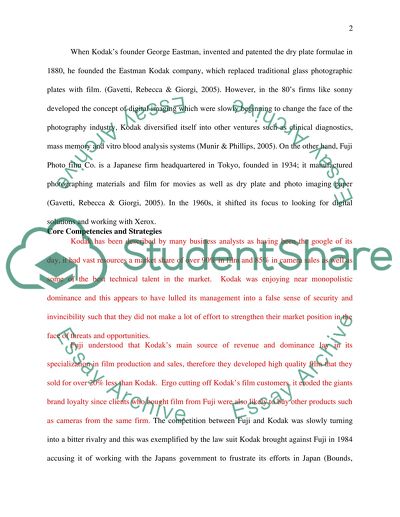Cite this document
(“Rival Technologies: Film cameras v Digital cameras Essay”, n.d.)
Rival Technologies: Film cameras v Digital cameras Essay. Retrieved from https://studentshare.org/visual-arts-film-studies/1497220-rival-technologies-film-cameras-v-digital-cameras
Rival Technologies: Film cameras v Digital cameras Essay. Retrieved from https://studentshare.org/visual-arts-film-studies/1497220-rival-technologies-film-cameras-v-digital-cameras
(Rival Technologies: Film Cameras V Digital Cameras Essay)
Rival Technologies: Film Cameras V Digital Cameras Essay. https://studentshare.org/visual-arts-film-studies/1497220-rival-technologies-film-cameras-v-digital-cameras.
Rival Technologies: Film Cameras V Digital Cameras Essay. https://studentshare.org/visual-arts-film-studies/1497220-rival-technologies-film-cameras-v-digital-cameras.
“Rival Technologies: Film Cameras V Digital Cameras Essay”, n.d. https://studentshare.org/visual-arts-film-studies/1497220-rival-technologies-film-cameras-v-digital-cameras.


